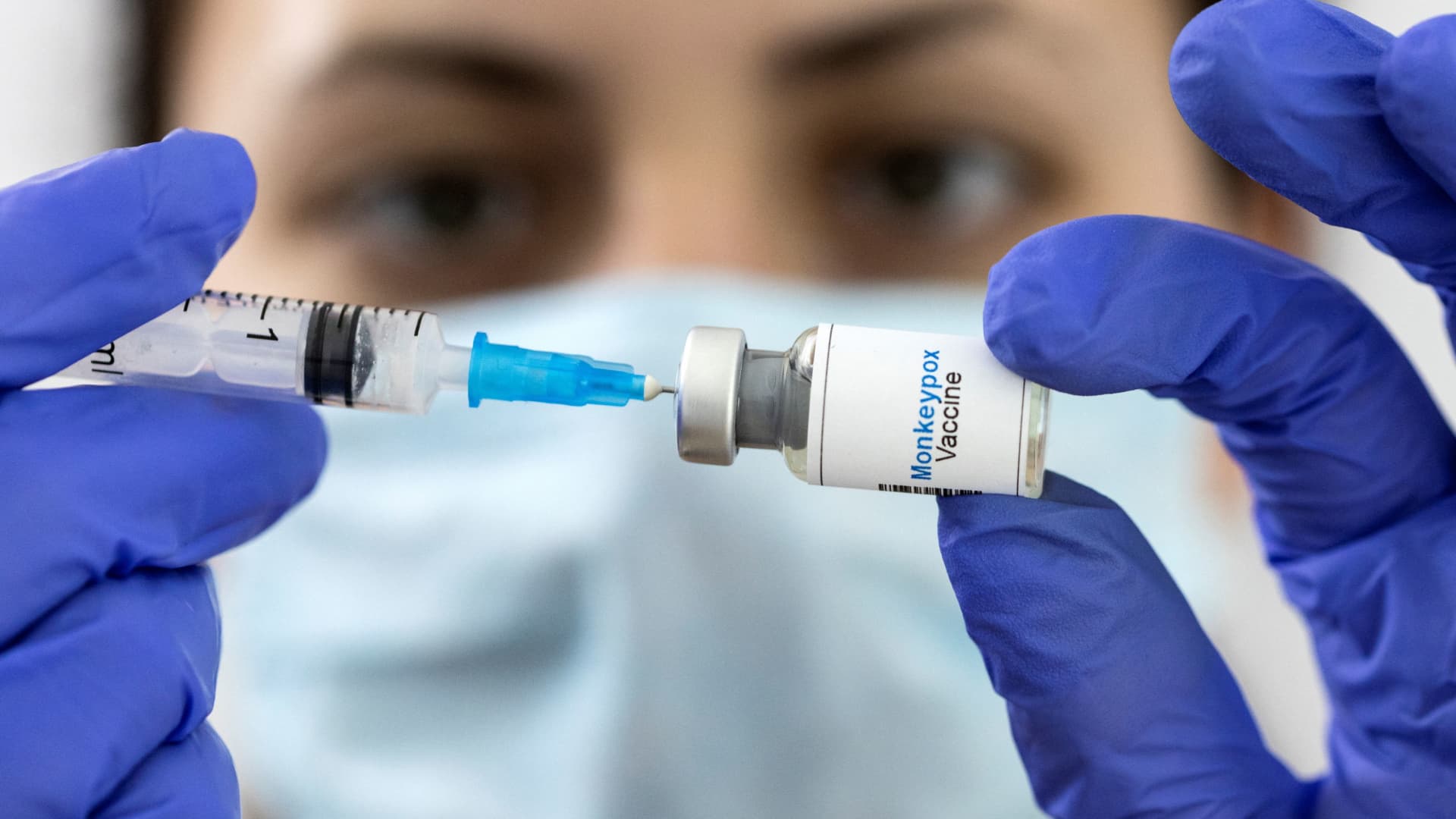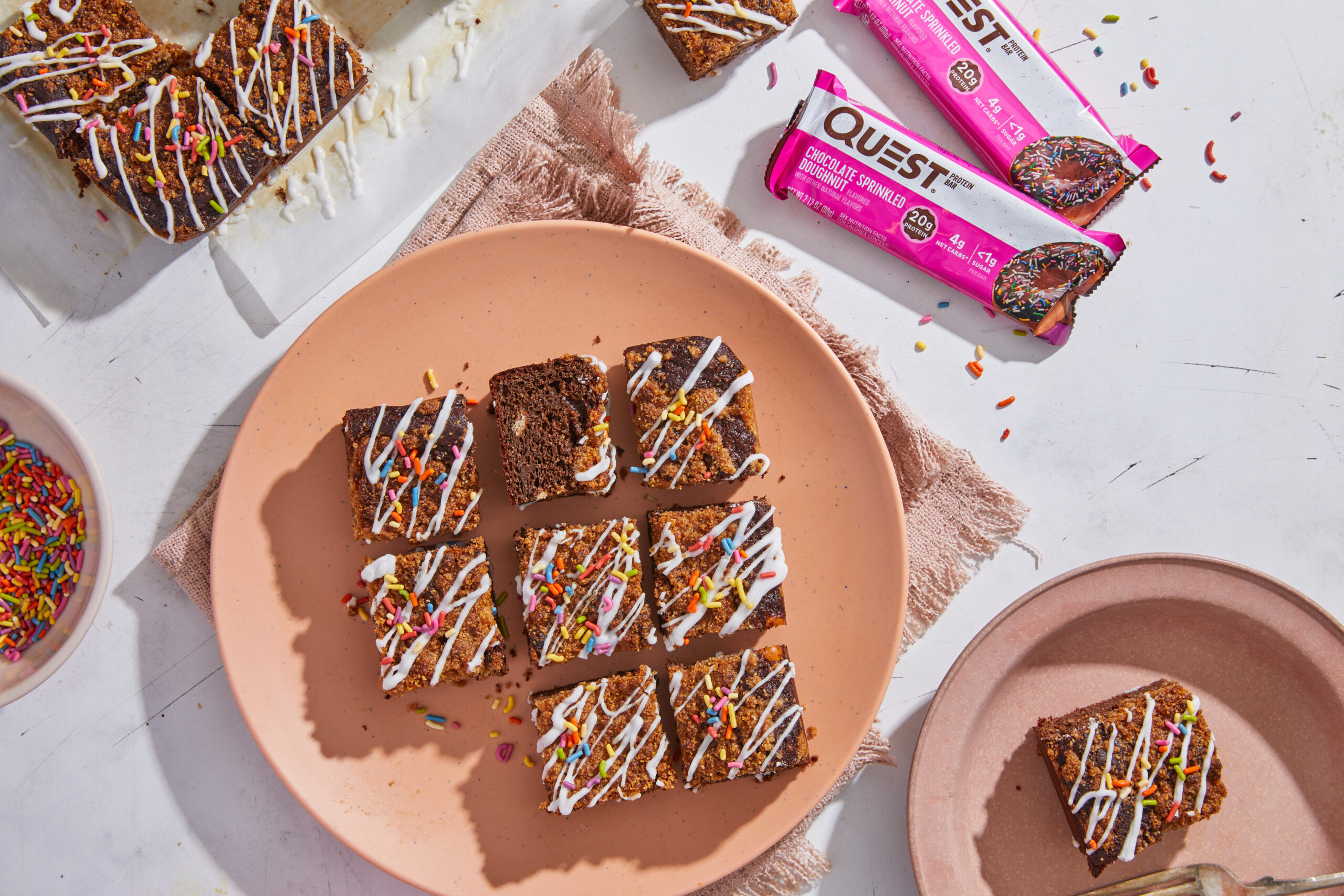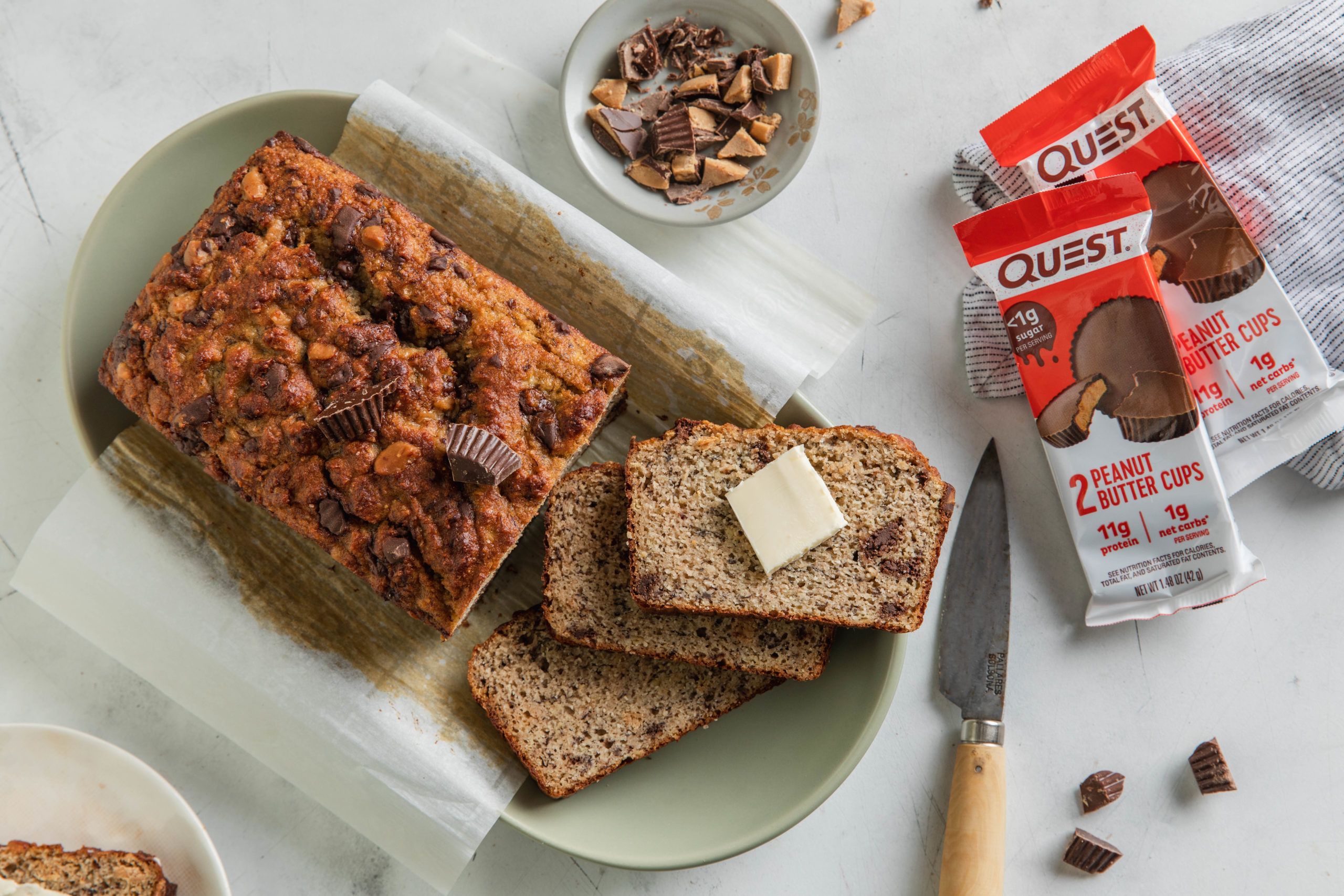Key Takeaways on Protein and a Protein-Rich Recipe
Not all protein is created equal. Animal proteins have different impacts on our kidneys, for example, than proteins from plants. Within hours of consuming meat, […]
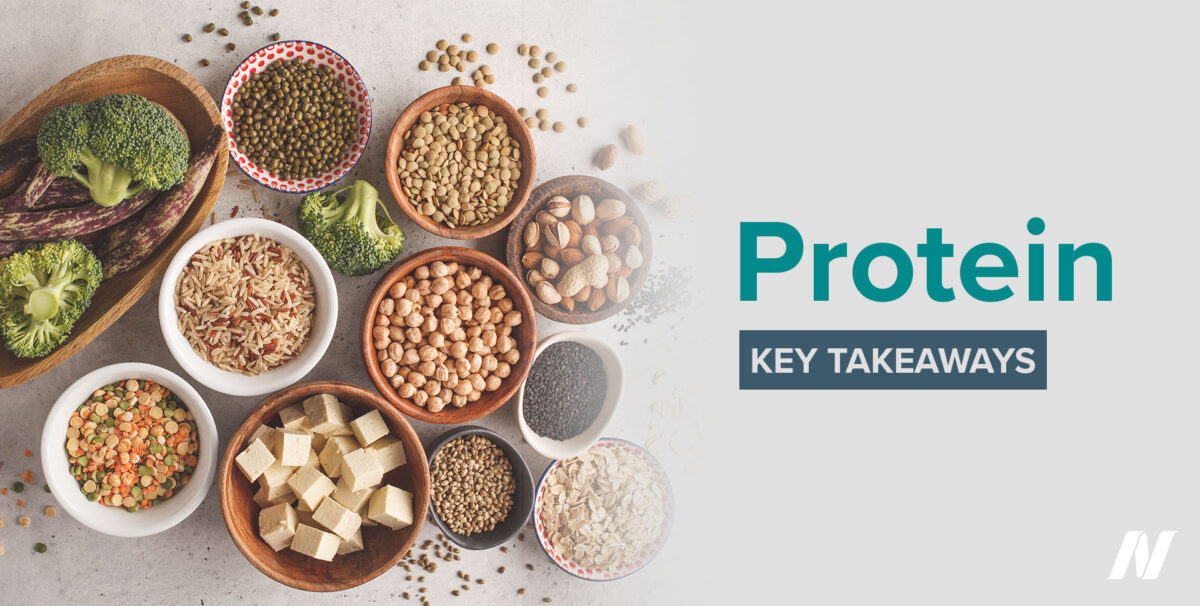
Not all protein is created equal. Animal proteins have different impacts on our kidneys, for example, than proteins from plants. Within hours of consuming meat, our kidneys rev up into hyperfiltration mode, dramatically increasing their workload. This is true of a variety of animal proteins. Beef, chicken, and fish all appear to have similar effects. But, an equivalent amount of plant protein causes virtually no noticeable stress on our kidneys. Check out the topic page for a summary and to watch videos like Do Vegetarians Get Enough Protein? and The Protein-Combining Myth.
Recipe: Red Beans and Quinoa
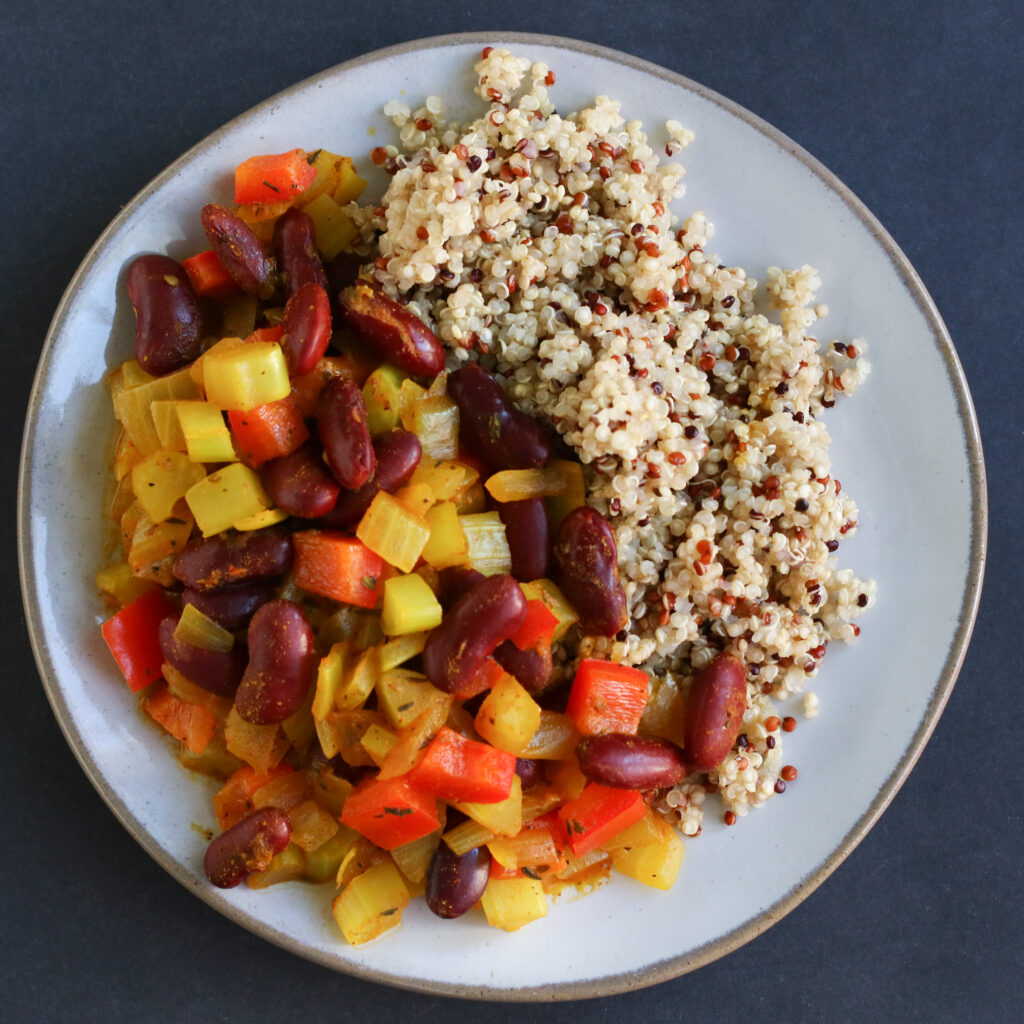 This simple meal comes together quickly and is full of beans, herbs, and spices. Personalize it by swapping out the quinoa for another favorite grain. Check out the recipe on our newly redesigned recipe page, and visit our Instagram for a video on how it’s made.
This simple meal comes together quickly and is full of beans, herbs, and spices. Personalize it by swapping out the quinoa for another favorite grain. Check out the recipe on our newly redesigned recipe page, and visit our Instagram for a video on how it’s made.
The Many Ways to Give
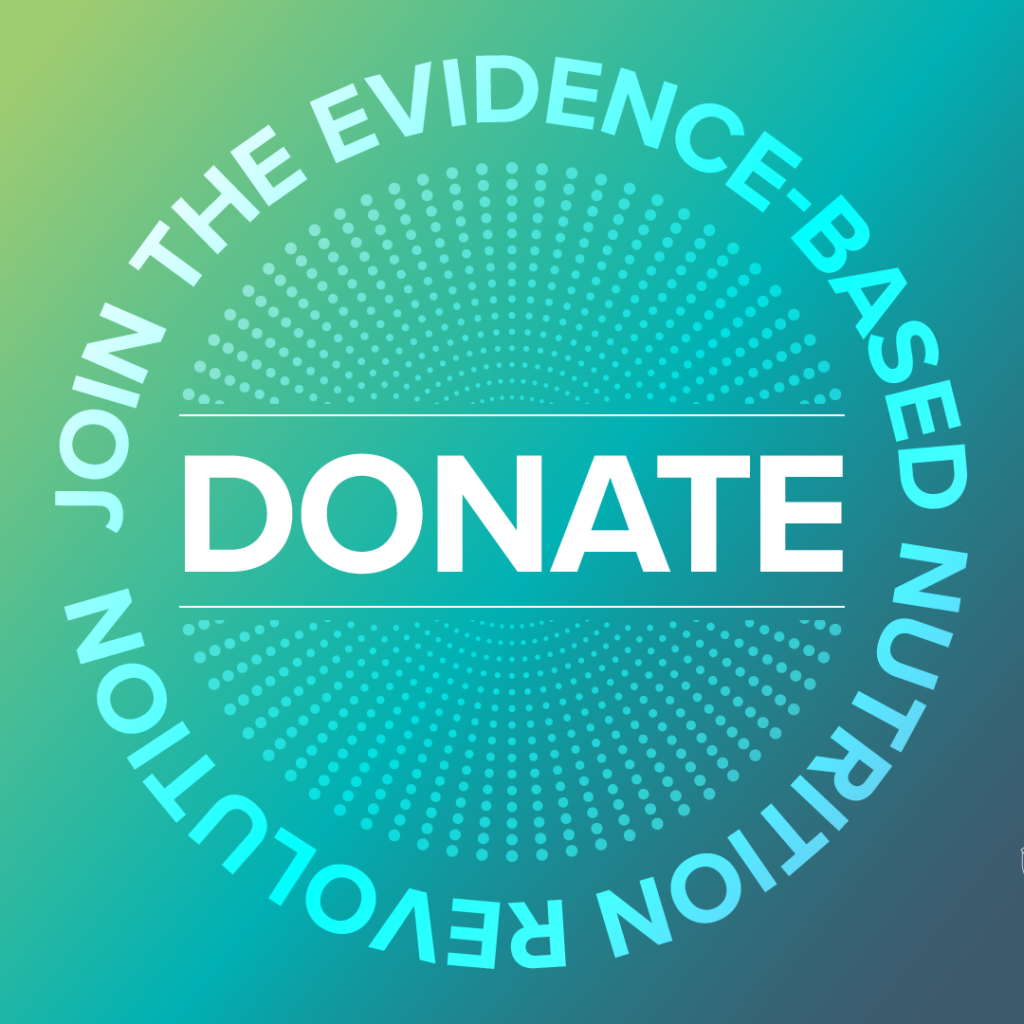 As you know, there are no ads or corporate sponsors on NutritionFacts.org. Our supporters and volunteers are truly the lifeblood of this organization. You enable us to do this work.
As you know, there are no ads or corporate sponsors on NutritionFacts.org. Our supporters and volunteers are truly the lifeblood of this organization. You enable us to do this work.
By becoming a monthly donor, you help ensure a predictable and steady stream of support for our nonprofit, and we are very thankful. And, there are even more ways to support us!
✅ Amazon Smile Select NutritionFacts.org as your charity to support using the Smile browser when shopping on Amazon.
✅ GoodShop Earn cashback or donate when shopping at more than 7,000 different merchants.
✅ Giving Assistant Download the browser extension, and give a percentage of the savings you earn when shopping online to NutritionFacts.
✅ SYMB Round up your spending when you shop using the Symb App, and donate the rounded amounts to NutritionFacts when you select us as your nonprofit of choice.
✅ CARS Donate your vehicle, and gift the proceeds to NutritionFacts.
Please join us in supporting the evidence-based nutrition revolution by making a tax-deductible donation to NutritionFacts.org today at https://nutritionfacts.org/donate/. We also invite you to please consider supporting us in even more ways. See how at https://nutritionfacts.org/donate/giving/. Thank you for your support!
Language Search on NutritionFacts.org
 Want to see all of the NutritionFacts videos available in your language? Visit our search page, and check out the Subtitle Language menu on the right side of the page. (Press the Filters button if you’re on a mobile.) Select your language, and the results will show all of the videos subtitled in that language. Consider volunteering to help make more videos available in your language!
Want to see all of the NutritionFacts videos available in your language? Visit our search page, and check out the Subtitle Language menu on the right side of the page. (Press the Filters button if you’re on a mobile.) Select your language, and the results will show all of the videos subtitled in that language. Consider volunteering to help make more videos available in your language!
Volunteer Spotlight: Liz Gildred
 “I started as a Graphic Design Volunteer in October 2021, and it’s been a great experience so far! It has given me a way to make a small contribution to the extremely worthy cause of evidence-based nutrition. I’m happy to have the opportunity to support a much-needed and trustworthy source of information.
“I started as a Graphic Design Volunteer in October 2021, and it’s been a great experience so far! It has given me a way to make a small contribution to the extremely worthy cause of evidence-based nutrition. I’m happy to have the opportunity to support a much-needed and trustworthy source of information.
One favorite WFPB recipe is my breakfast smoothie. The ingredients have evolved (and snowballed!) over the years. I blend either kale or spinach with avocado, banana, walnuts, flaxseed, chia seed, green tea leaves, lemon zest, cinnamon, turmeric, a pinch of pepper, ginger, amla powder, and chlorella powder, along with any type of plant-based milk and ice cubes.”
 How to Increase Your Life Expectancy 12 to 14 Years: What can physicians do to promote healthy, life-extending, lifestyle changes?
How to Increase Your Life Expectancy 12 to 14 Years: What can physicians do to promote healthy, life-extending, lifestyle changes?
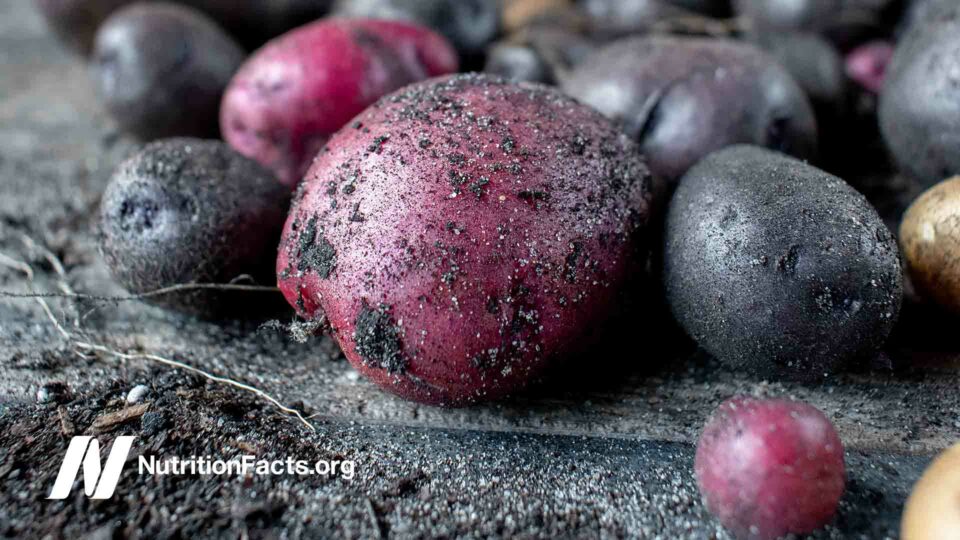 The Healthiest Type of Potato: Are yellow-fleshed potatoes healthier than white? And, what about the glycoalkaloid toxins?
The Healthiest Type of Potato: Are yellow-fleshed potatoes healthier than white? And, what about the glycoalkaloid toxins?
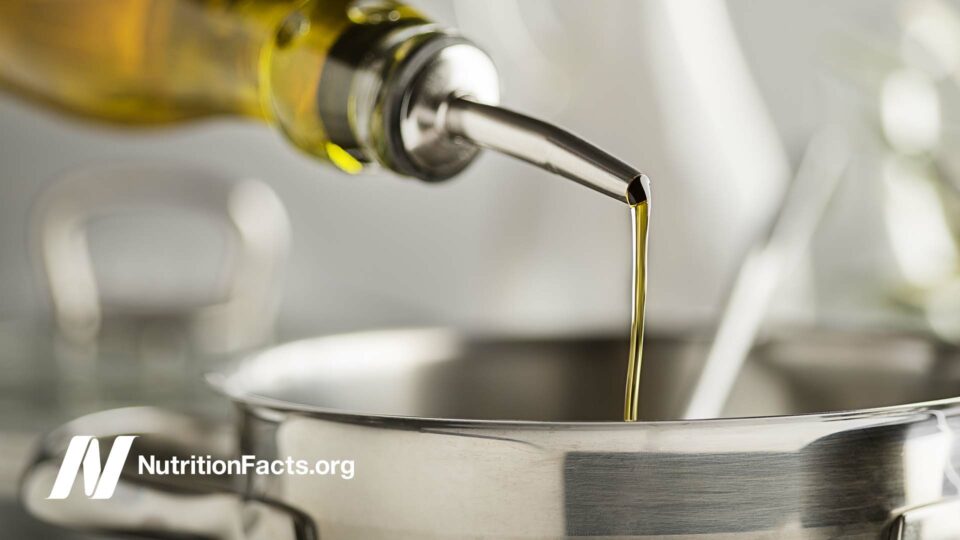 The Carcinogen Glycidol in Cooking Oils: Glycidol may help explain why people who eat fried foods get more cancer.
The Carcinogen Glycidol in Cooking Oils: Glycidol may help explain why people who eat fried foods get more cancer.
In health,
Michael Greger, M.D.
PS: If you haven’t yet, you can subscribe to my free videos here and watch my live, year-in-review presentations:
2019: Evidence-Based Weight Loss 2016: How Not To Die: The Role of Diet in Preventing, Arresting, and Reversing Our Top 15 Killers 2015: Food as Medicine: Preventing and Treating the Most Dreaded Diseases with Diet 2014: From Table to Able: Combating Disabling Diseases with Food 2013: More Than an Apple a Day 2012: Uprooting the Leading Causes of Death
 ValVades
ValVades 








